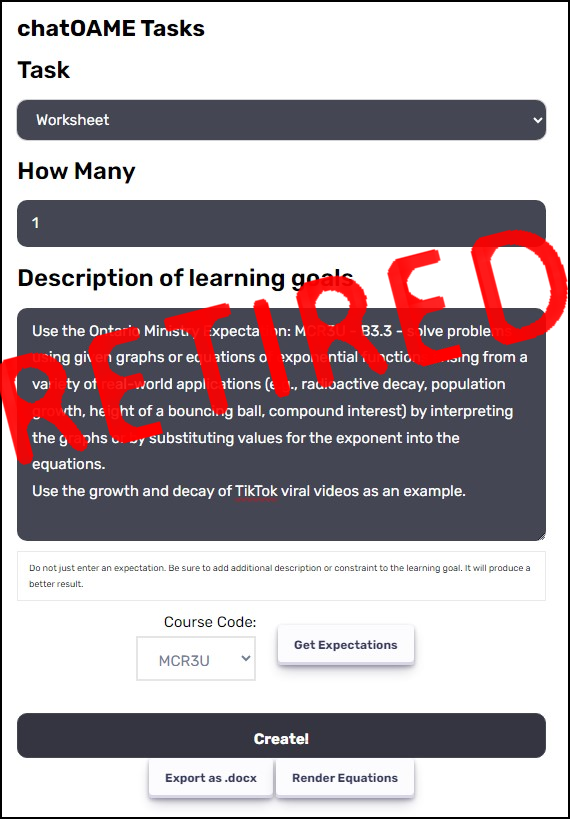I had a great conversation today with a tech director who was asking how we dealt with our 1:1 program and what my thoughts were on BYOD. So I thought I write my thoughts down here as well.
We have been 1:1 since 1998 – now, I didn’t start at Appleby until 2001 but all my previous schools since 1996 were 1:1 so I consider it a continuous experience. We cycle our devices every two years; we considered moving to a 3-year-cycle but our devices get so much use that they begin to display signs of extreme use by the end of the 2nd year that it seems to be a trade off of keeping them serviced versus a new device.
When we sit down to think about the new device, we do debate, “Should we go BYOD?” and both the IT side and the Classroom side bring forth arguments. Invariably we realize we can’t go BYOD without damaging what happens in the classroom.
We use our devices essentially every minute of the academic day, and then whenever we do work outside of class. All, and I mean ALL of our teacher & student work are on our devices – not just assignments, not just essays or worksheets. ALL. If I want to know what Johnny did on question 3b of his math homework from Tuesday, October 3rd, I go look at it in the OneNote. If a teacher wants to know how a student was playing the cello on the same day, they play the audio/video. What did they mark up on their map of Canada in their Canadian History class last week? It’s all there. It’s not like a Chromebook or Mac, where you only record their typed work occasionally — all of their scribbles, their annotations, are captured.
What I’m trying to indicate is that we depend on our devices to be in continuous use. Today I had a student lost her laptop’s pen — I always carry an extra one. Another didn’t have a charger – I shared mine. Being able to share and swap within the classroom makes life a lot easier. Students (and faculty) forget things. They need to have their device in front of them from the start of the school through the end of the school day, onto the buses and to home.
And then there’s classroom management – when I say put in tablet mode, they all do the same thing (swing the screen around and it lies flat so they can’t access the keyboard and have to use the pen). There’s a community understanding across classes of how we work with our devices that supports students (and teachers) especially as they begin the school year. There is a strength in everyone being able to support everyone else.
So when you do BYOD you agree that you are not going to maximize the possible use of the devices as faculty and student juggle the disparity between experiences – so the argument that schools save money by not going 1:1 with the same device is questionable. It may not be easily counted, but the cost (time & frustration) should be noted.
Take the example from today… there are (at least) two different types of digital ink pens. My student would have been out of luck. There are tonnes of different types of adapters, in voltage, amperage and plug – my student would have been out of luck. When they have to go to IT, who fixes the device, how do they get a loaner, how do they transition back to their old device if they’re not the same?
I always refer to the situation we experienced with calculators – there are two different ways calculators will do square roots and trigonometry, and then huge variations in how they do more complicated tasks like linear regression or statistical analysis. By standardizing the device, mathematics teachers could focus on the learning and not the device. Geography teachers should be allowed to focus on their learning goals, not wondering how StudentA will do a task that StudentB can do easily. Differentiation of content and process is already a challenge, we don’t need to layer differentiation of device at the same time. BYOD adds unnecessary workload to a teacher already overwhelmed.
I remember being on a panel and the teacher who used BYOD made the arguments that (a) the student knows their device — well, they know how to use their device for personal use, not necessarily for academic and so still have to be shown how to use it in that fashion, either by teachers or other students and (b) that being able to adapt to different devices is important — our students adapt every 2 years anyways and will continue to adapt throughout their life experience, in and out of school.
I understand the BYOD choice is often made by schools who can’t afford a 1:1 program — they want to get technology into their students & teachers hands. But, if your school really wants to deeply & meaningful embed technology into your school, standardize the device. Put the cognitive load onto problems, not juggling different devices.


